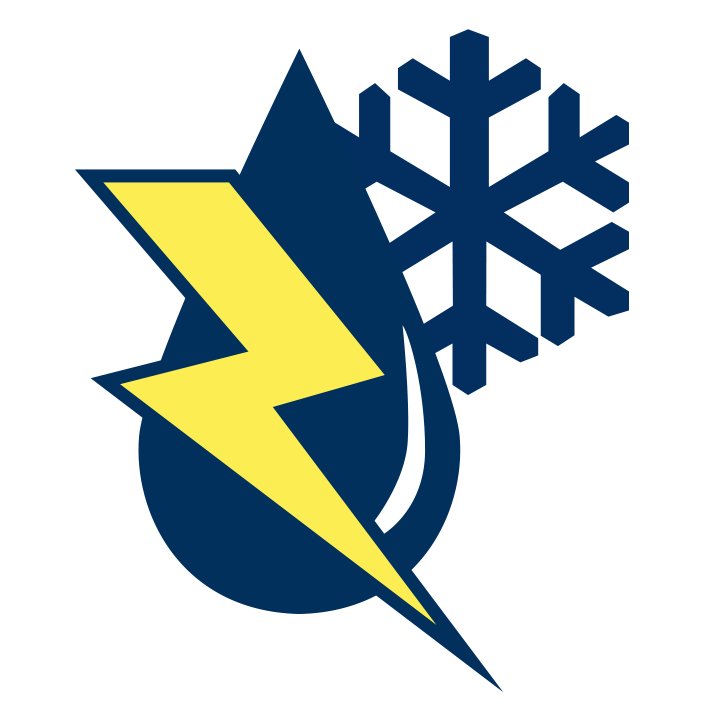🚿 Clogged Drain? Here’s What You Should—and Shouldn’t—Do First
By Zachary Morgan
A clogged drain is one of the most common—and annoying—plumbing issues homeowners face. Whether it’s a slow-draining sink, a backed-up shower, or a completely blocked kitchen drain, it’s tempting to grab a bottle of drain cleaner and hope for the best.
But not all fixes are created equal. In fact, some quick DIY methods can actually make the problem worse.
At Alltec, we’re here to walk you through what you should and shouldn't do when dealing with a clogged drain—and when it’s time to call in a pro.
✅ What You Should Do First
1. Stop Using the Drain Immediately
If water is backing up, continuing to use the fixture can cause overflow, water damage, or even pipe damage. Turn off water flow to the area and keep the drain clear until the clog is resolved.
2. Try a Plunger (Yes, It Works!)
A plunger isn’t just for toilets. Cup plungers can be very effective for sinks and tubs, especially if the clog is near the surface.
Pro Tip:
Make sure there’s a bit of standing water in the sink or tub to create a seal, and give a few firm pumps before checking if it drains.
3. Use a Drain Snake (If You Have One)
A small drain snake or auger can often reach clogs that are deeper in the line. This is especially helpful for hair or soap buildup in bathroom drains.
If you’re using a snake:
Go slow
Don’t force it
Pull the debris out, rather than pushing it further down
4. Flush With Hot (Not Boiling) Water
Pouring hot water down the drain can help dissolve grease or soap clogs. Just be careful not to use boiling water, especially if you have PVC pipes—it can soften or damage them.
❌ What You Shouldn’t Do
1. Avoid Chemical Drain Cleaners
Store-bought drain cleaners may seem like a quick fix, but they can do more harm than good. These harsh chemicals:
Can eat away at pipes (especially older ones)
Often don’t remove the full clog
Pose a risk if mixed with other cleaners or used repeatedly
Bottom line: they’re rarely a long-term solution—and often just a short-term mask.
2. Don’t Keep Pouring Water Down
If the drain is completely clogged, continuing to run water only leads to a backup. This can cause damage to cabinets, flooring, and drywall if the water overflows.
3. Don’t Dismantle Pipes (Unless You Know What You’re Doing)
While it might be tempting to unscrew the trap under your sink, it’s easy to strip threads, damage seals, or cause a leak if you're not experienced. In most cases, it’s better to leave it to a licensed plumber.
🧼 What Causes Most Clogged Drains?
Knowing the cause can help prevent future clogs. The most common culprits include:
Hair and soap scum in bathroom sinks and showers
Grease and food particles in kitchen sinks
Foreign objects (kids' toys, wipes, hygiene products) in toilets
Tree roots invading outdoor or main sewer lines
🛠️ When to Call a Licensed Plumber
If your clog:
Keeps coming back
Affects multiple drains at once
Causes sewage odors or backup
Doesn’t respond to basic DIY methods
…it’s time to call in the pros.
At Alltec, we have the equipment and experience to safely clear clogs—and prevent future ones. From camera inspections to hydro jetting, we fix the issue at its source.
📞 Ready to Clear That Drain the Right Way?
Don’t risk damaging your plumbing system with a guess-and-check fix. Let the licensed plumbing pros at Alltec get your drains flowing again.
📱 Call us at (318)255-9020
